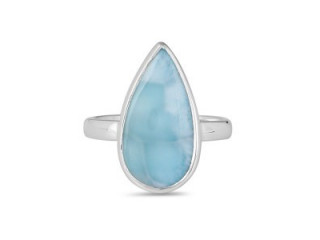Yoga Mats: Are They Really Necessary?
2 years ago Fashion San Antonio 706 views Reference: 39549Location: San Antonio
Price: Contact us
There is no more significant symbol for contemporary yoga practice than the yoga mat. It is more than a tool employed by the yogi. The Yoga Mat is a metaphor. It represents the space in which our minds might experience some relief from the stress-laden, chaotic, and unpredictable nature of daily life.
A BRIEF HISTORY OF THE YOGA MAT
Angela Farmer is one of the most well-known and respected yoga teachers on the planet. She has been teaching for over 40 years. When she was young, she had a surgery that resulted in her being incapable of sweating from her hands and feet. I’m not sure if you have ever practiced yoga on a hardwood floor in the winter when everything is super dry. It borders on yogic tragi-comedy as your hands and feet slip and slide all over the place. Downward dog and standing poses in particular are just so slippery.
Farmer’s medical condition did not discourage her from practicing with BKS Iyengar when he was teaching in London in the 1960s. He forbade her to use a foam mattress or splash water on her hands and feet for traction. While teaching in Munich in 1968, she came across a thin piece of underlay from a carpet factory. It was the perfect solution to her problem.
When she returned to London, her carpet-underlay Rubber Yoga Mat became very popular with her students. Eventually, Angela’s father connected with the owner of the German carpet factory and became the first retailer of yoga mats, establishing the business out of his home in Vancouver Island.
The yoga mat, as developed by Angela Farmer, was a therapeutic intervention. The stickiness of the mat alleviated a medical condition.
The TPE Yoga Mat does more than just provide a sticky surface. The mat defines your space. We personalize our mats to more accurately reflect who we are as practitioners. It is not just about picking the right color. We need to decide if we are going with PVC or an “eco” mat. We also need to decide on size, thickness, portability, and designs on the mat. We might have the latest super-eco, mega-grip, John Friend Manduka mat, or a mysore rug, or a $10 PVC mat from Walmart with a picture of a lotus flower on it.
The yoga mat serves as a fence. It separates my space from yours. People cannot put their feet on my mat. They cannot stretch their limbs into “my” yoga space. Crowded yoga workshops and classes offer a hilarious glimpse into the world of private yoga space. Watch people tip-toeing through rows of mats, bobbing and weaving through bolsters and water bottles on their way to the washroom. It is absurd.
How to choose a foam roller
A Massage Roller is usually cylinder-shaped and made of dense foam. But you can find foam rollers in a range of sizes and shapes, and in various levels of firmness.
It may take some trial and error to find the foam roller that’s right for you. Try out different foam rollers before purchasing to find one that is comfortable for you to use.
Here are some of the different types of foam rollers available online:
-
Smooth rollers are known for having a smooth, dense foam surface. They are best for people new to foam rolling. They offer even texture and aren’t as intense as a textured roller. This option is less expensive, too.
-
Textured rollers have ridges and knobs on them. They are used to work deeper into muscles, and work out knots and tension.
-
Foam-covered massage sticks can be used to deeply massage your legs or upper back.
-
Foam massage balls can be used for targeted muscle areas. For example, to work out knots in shoulders.
-


